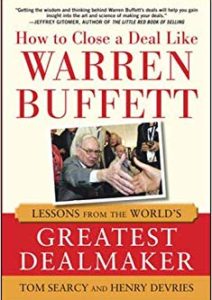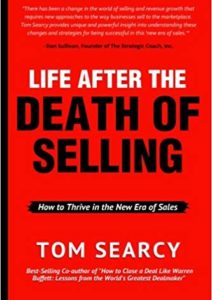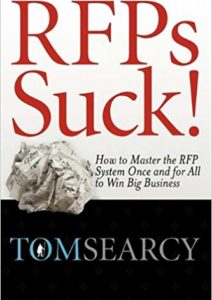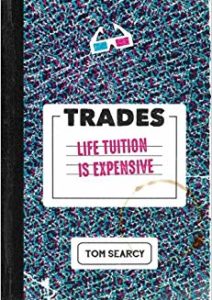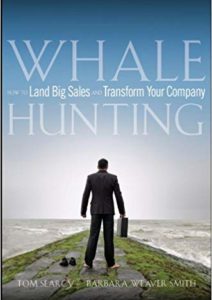A Japanese CEO of a manufacturing company was once asked how far into the future the company’s sales strategy was planned. His answer was, “Five hundred years.” While planning a strategy that will guide a company for the next five hundred years is a little long for most CEOs, it does point to an important principle—the core purpose of strategy is to accomplish long-term goals and to clearly set a framework to guide the stream of decisions to reach those goals.
Developing a sales strategy is challenging because it may feel like you don’t have as much control over the strategy as you might like. You may feel that the sales strategy for your company is in some ways set by the market itself and your company is just a ping pong ball bouncing between a variety of shifting factors outside of your control. Even if this perception has some truth to it, you can still build a framework that guides the stream of decisions that will help your company take back control of your sales strategy.
To determine if your strategy is strong enough to win, it has to withstand some challenging questions. Below are five challenges you can use to push against your sales strategy to determine its strength:
#1: Is it flexible?
Let’s agree that the marketplace is always changing and that the speed of change is increasing. Competitors, product demands, customer needs, technology, and costs are ever shifting. Your strategy must be flexible enough to move within any market and respond to unforeseen changes. A few of the points to push on in examining this question include:
- What is our early warning component for identifying market shifts and threats?
- What speed of response thresholds must be built into the strategy with goals to be faster for customers and prospects?
#2: Is it a system?
If you have a system in sports, then injuries to key players do not ruin an entire season. With a system, you have a game plan for replacing an injured player with another player to maintain a successful team. The same is true for a sales strategy. If your strategy is built on the strengths of a few sales people and their key sales relationships, then your overall sales success is always at risk. That is a “people-centric” approach to solving the challenge of sales growth. It is not a strategy; it is a tactic. When people-centric companies experience a change in the sales team, the entire company is at risk, and new talent is hard (and expensive) to find. Instead, consider developing a process-based systems approach that allows room for the natural shifts in personnel without jeopardizing sales performance. A system-based framework gives strength back to your company and will guide long-term, strategic decision-making.
#3: Is prospect qualification clearly defined?
There was a time when selling to all prospects in a market was commonplace, but that is perhaps the most inefficient way to sell. To guide the decisions for the sales strategy, it is important to define both ends of the qualifying spectrum: ideal characteristics of the prospects we most desire and characteristics of prospects that do not fit the defined target profile. This is a real challenge for salespeople and organizations. They are naturally motivated to sell, and it is in their DNA to do so. However, because strategy guides decisions, the greater clarity in the area of prospect selection, especially defining who is not a target, gives a higher likelihood of spending resources with intention.
#4: What is the leverage pivot?
Where will the most substantial sales growth come from? How does your sales strategy balance the revenue generation between selling to new customers, penetrating current customers, and introducing new products? Of course, as CEO your desire is to win in all three areas, but it is likely that there is one or two areas that provide the most potential for growth. The question is, “What will be the sales strategy for guiding your company in investing time and energy for the greatest return?” In other words, what is the key leverage point your sales team should use to generate the maximum amount of revenue efficiently?
#5: What are the linchpins of weakness?
Salespeople and sales leaders are pathologically optimistic. If they have participated in the sales strategy development, then it is likely that the sales strategy is also duly optimistic. For you as CEO, that means finding the weak points of linkage is your responsibility. Is your sales strategy too reliant on a single customer, a star sales person, one product, a promising marketing campaign or something else? Watch for points of optimism that rely on a single area that is “guaranteed to work.” This is usually the linchpin that requires the most scrutiny.
CEOs look at strategy differently than sales leaders and sellers because CEOs have a higher level view that includes insight into the interactions of multiple streams of decision-making that impact the company’s ability to reach set business goals. Pushing, poking and prodding the sales strategy in theses key five areas increases the chances that your company will develop a strong sales strategy. With a strong sales strategy, you set a clear framework that guides the stream of decisions to reach your ultimate business goals—no matter how far into the future they may reach.



